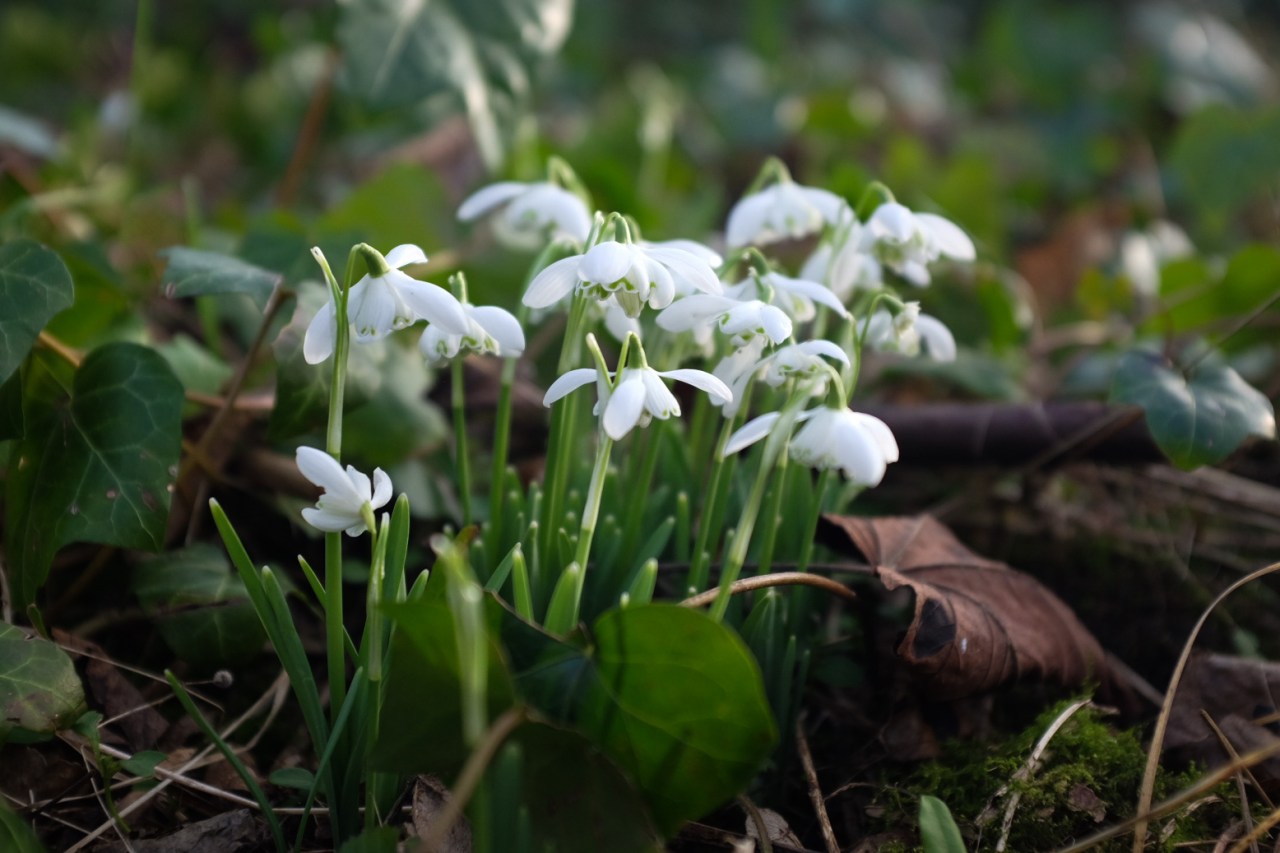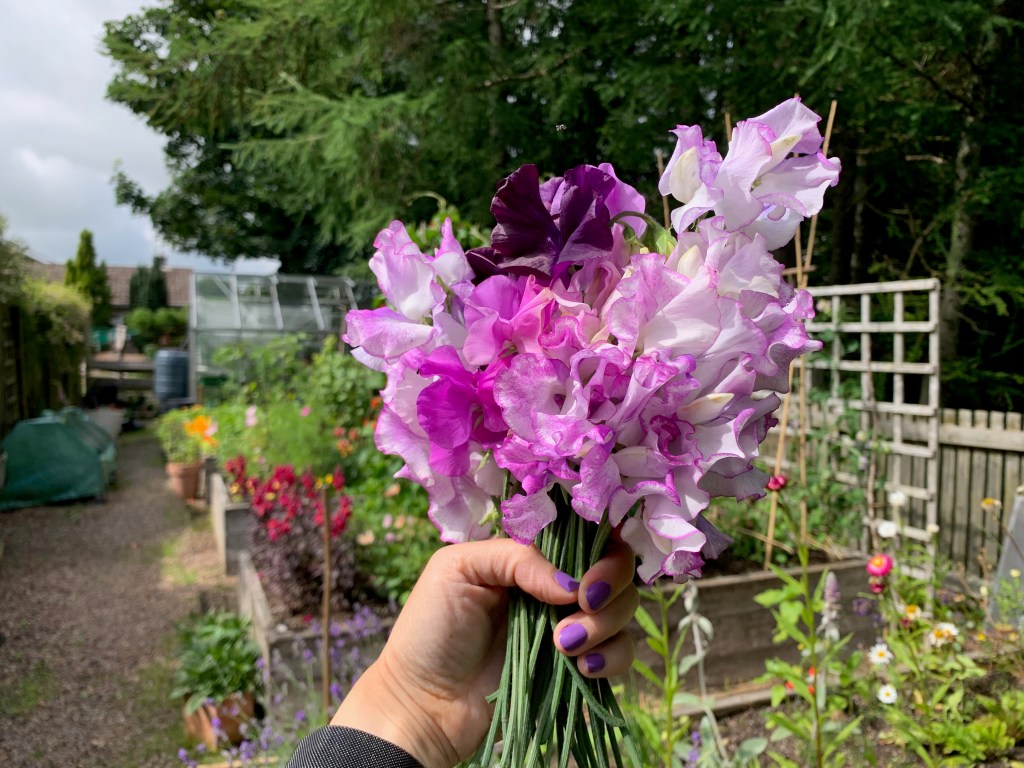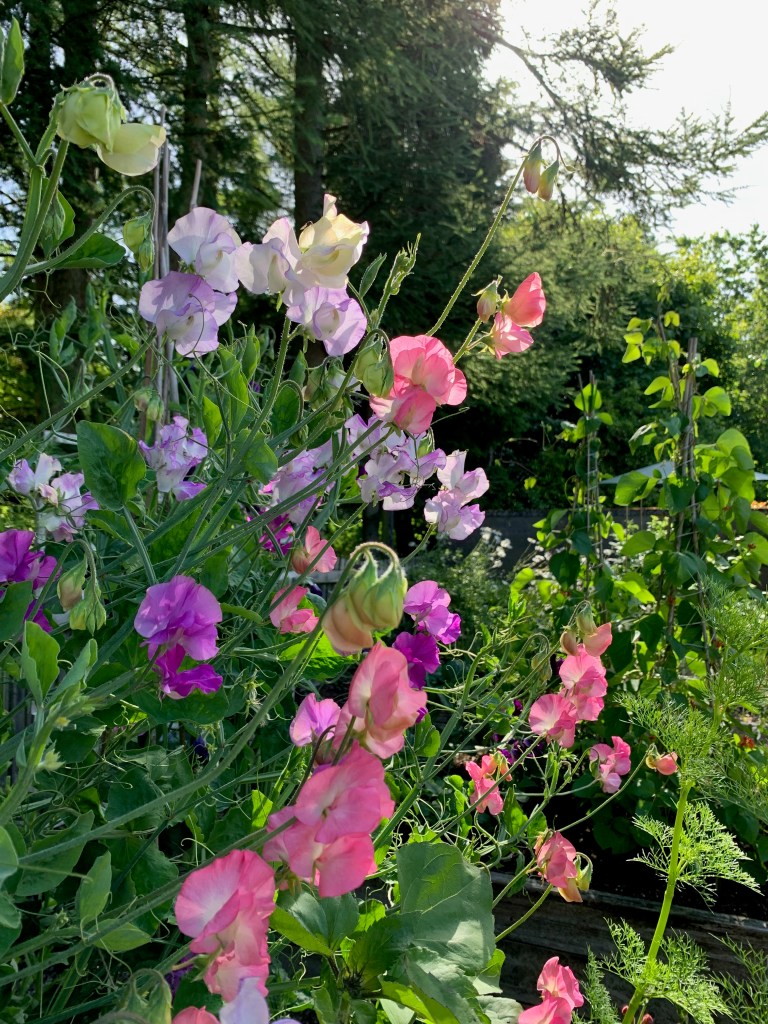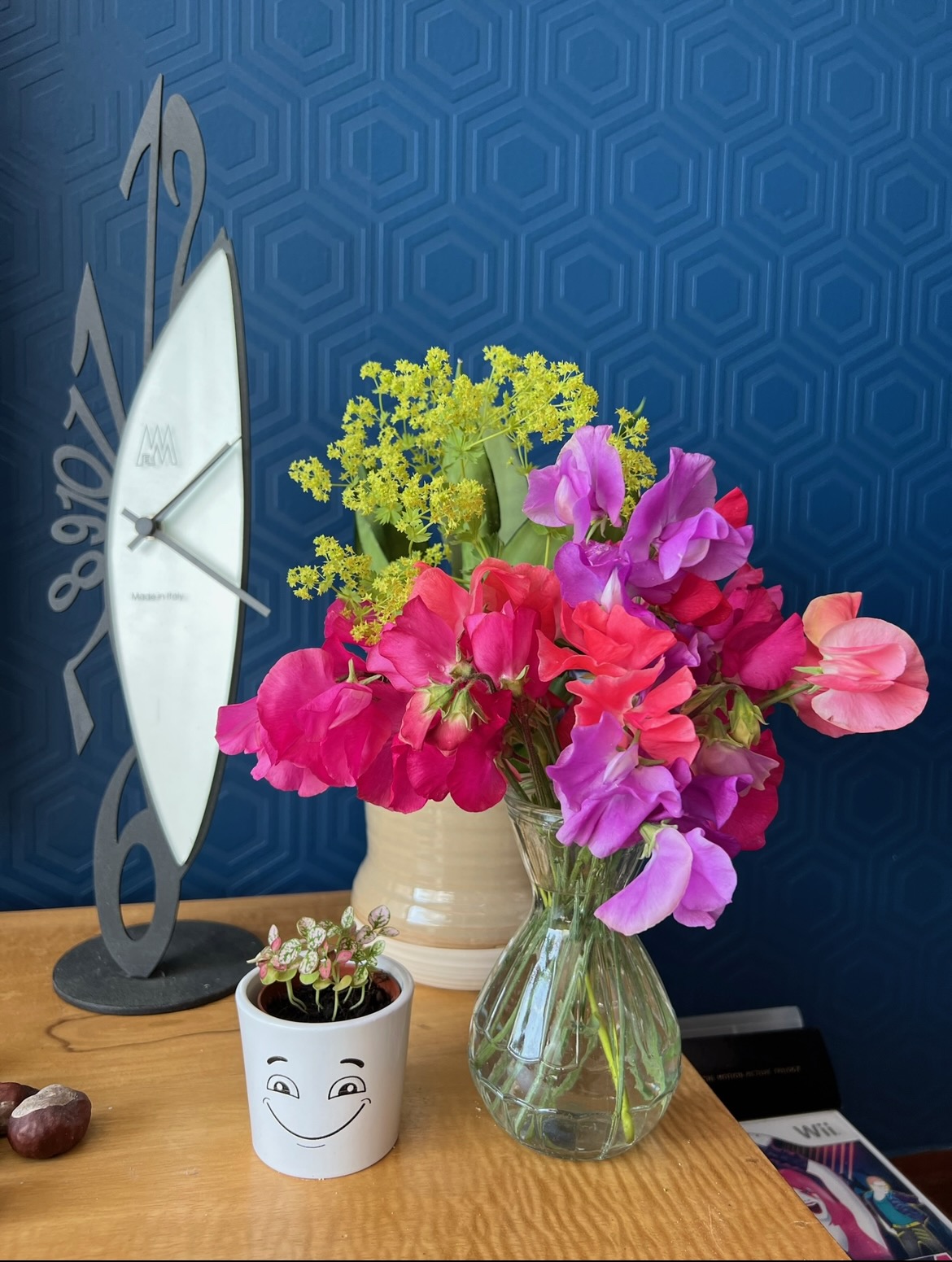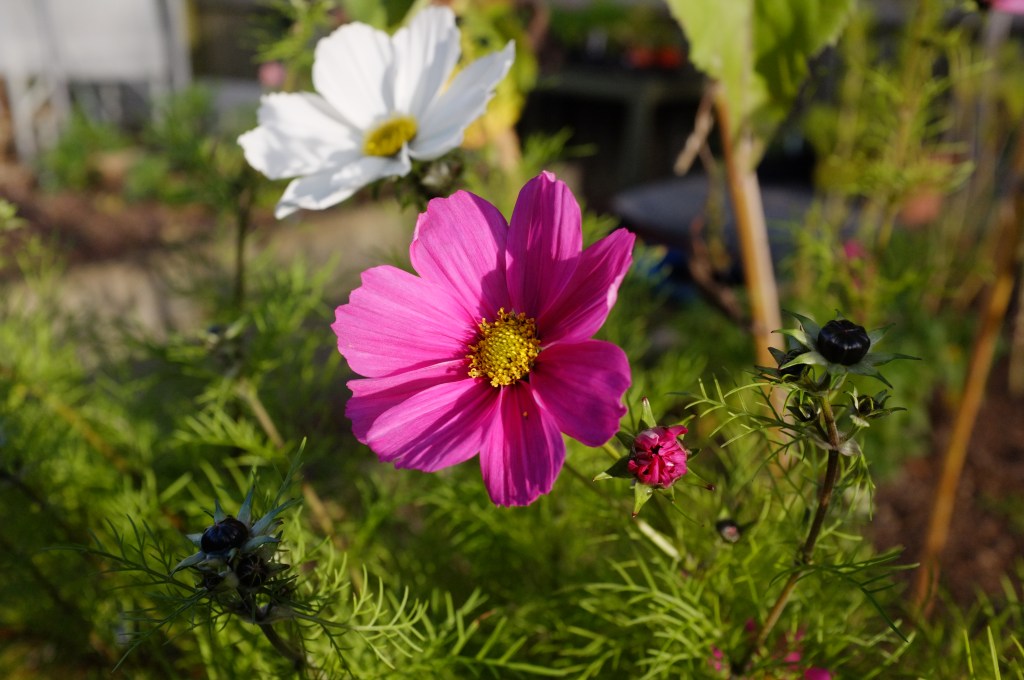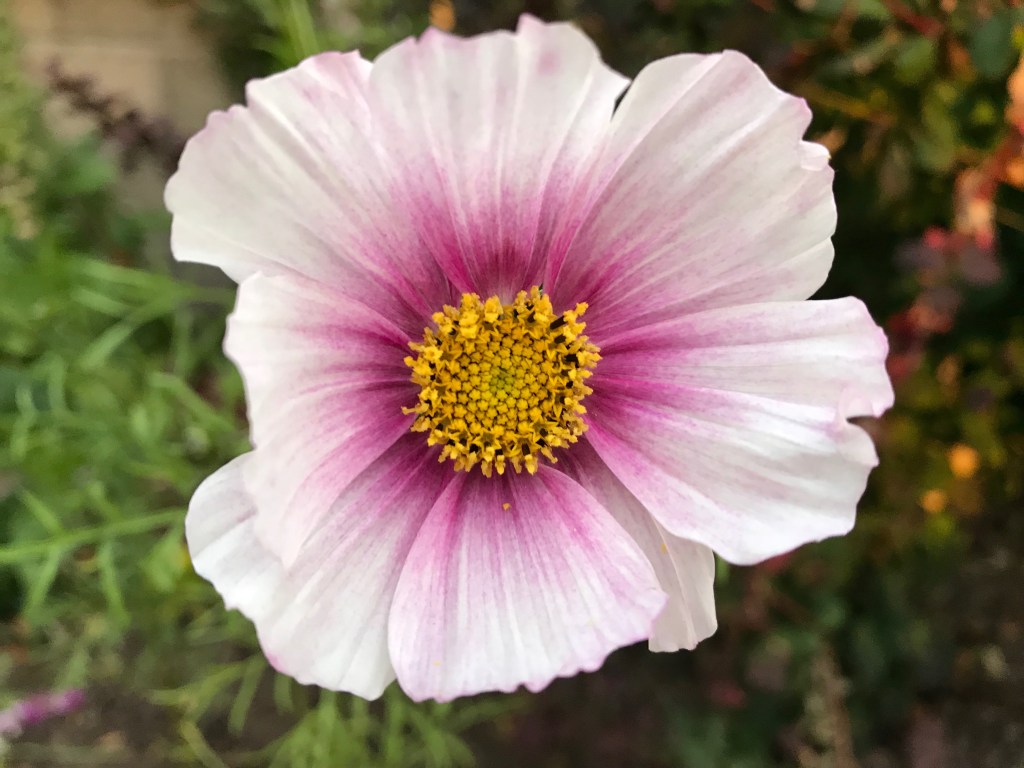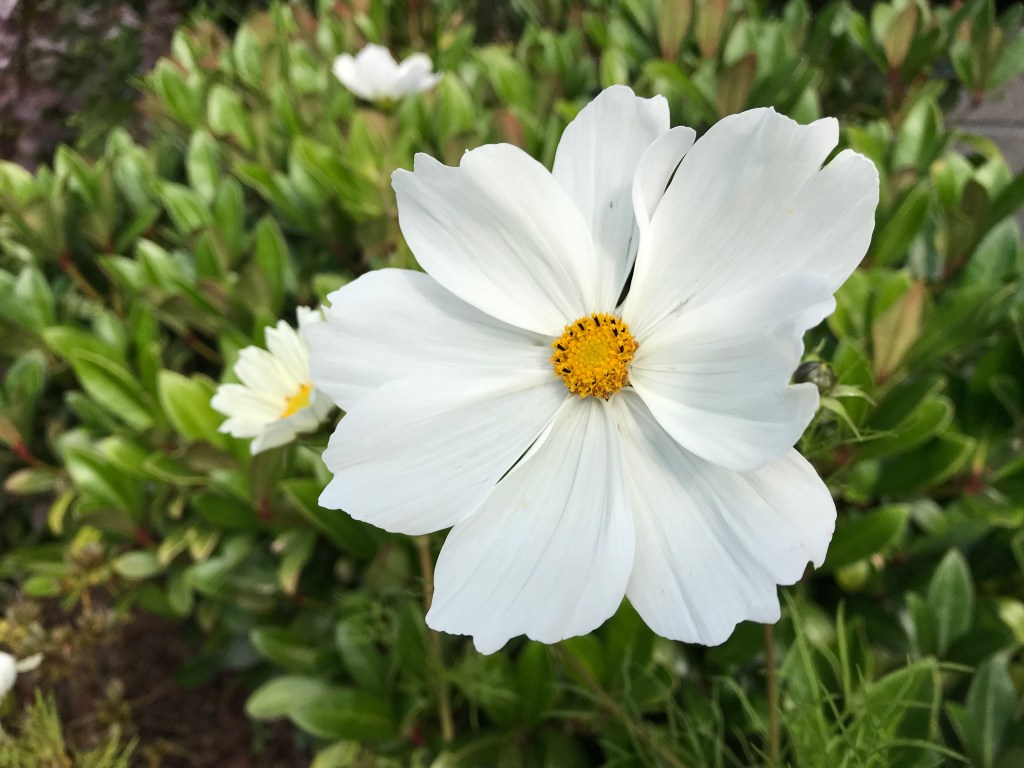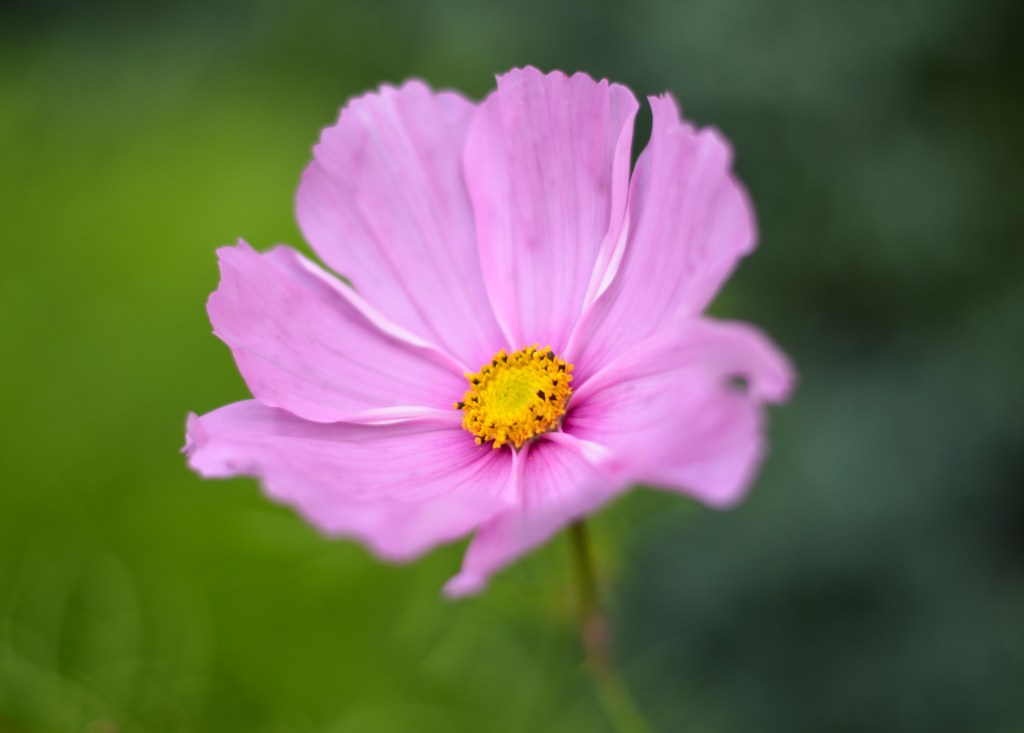Did you feel it? The subtle season shift?
Yesterday, on the 1st of February, the air felt different. The sky was a bit lighter, the greens were a bit greener. It was as if – once January was finally out the door – the world could breathe a sigh and get on with the business of spring.
There are only very early signs: a few little snowdrops nodding on their stalks, fat shoots of daffodils poking out of the soil and leaf litter, an extra few minutes of daylight each afternoon. I even heard the sound of a woodpecker hammering on a tree in the woods – which always gives me a thrill because it’s one of the earliest spring sounds.
These are just little things, small signs, and we are still very much in the depths of winter here in Scotland – but it’s enough to inspire hope and a sense of anticipation about the new season that’s around the corner.

Spring preparations
While we wait out the last blasts of the winter winds and (no doubt) icy, cold days still to come I’m getting busy with preparing indoors for the growing season. That means sorting my seeds: checking which open packets still have seeds in them, assessing their likelihood of germination against the suggested expiry date, reminding myself of those plants I want to grow again, and those which I’ve lost enthusiasm for.
One of the beautiful things about growing a garden is that you can change it up every year if you like – or keep things exactly the same. Or something in between! There are some flowers and vegetables that are on my ‘must grow’ list, including tomatoes, dahlias, sweet peas and cosmos. I grow these every year and I mix a few favourites with new varieties and colours.
Then I also look down the notes and lists in my phone or saved photos on Instagram which remind me about new plants I want to grow or new varieties to try. I think about the colours I’m most drawn to – I like to choose shades which complement each other and at the moment I’m loving soft pinks, creams, apricots but also pairing this with a dash of dramatic dark red or purple.
For example, I love cosmos and will nearly always grow white ‘Purity’ as it’s such a fantastic, reliable plant and great in cut flower arrangements. But this year I’m very excited to try ‘Apricotta’ as I’ve admired the many Instagram photos I’ve seen other growers posting last summer! It looks like a gorgeous soft colour which will probably vary between blooms and change as the petals age, which is often the way with coloured cosmos.

So, now I’ve got an idea of the seeds I already have, and I like to arrange these (and any new additions as they arrive in the post) into the months I’ll plan to sow them so that I can keep track of what to do and when. It makes it much easier when I have an opportunity to get into the greenhouse to simply glance through the collection and pick the ones I want or need to sow that month.
January and February’s selection is always much smaller than March and April! But there’s no rush – for me, the timings are more of a guide and way to prioritise rather than a hard and fast rule. And it’s also important to keep an eye on the weather – I may hold off some of the sowings in February and March in order to give more plants a better start later in the spring as they will catch up fast in warmer, sunnier conditions.
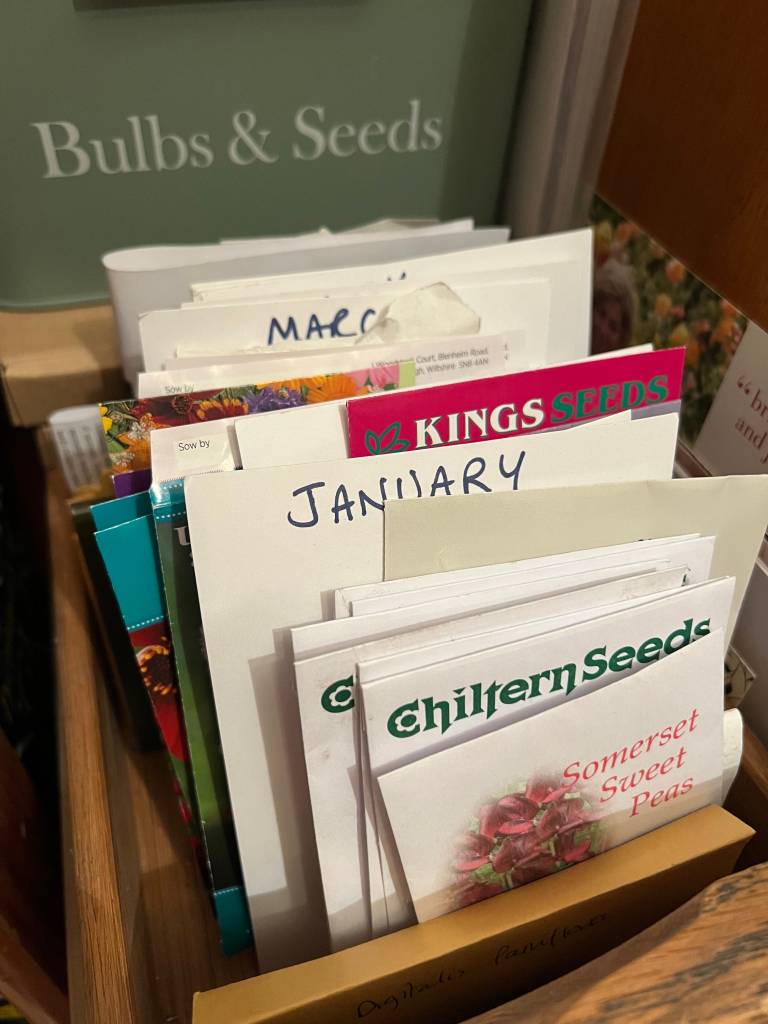
In the meantime, I’m browsing some of my favourite seed suppliers to fill the gaps in my wish list and look out for any good bargains.
In terms of other indoor prep, I also usually draw a plan of the raised beds in The Secret Garden and figure out what I should plant and where, with a loose idea of crop rotation. If I’m feeling really nerdy I’ll open my spreadsheets (Airtable in fact) and update the plants and seeds I’ve got in stock – I might even start a mood board of colours for my sweet peas and dahlias!
Most of these plans will probably change and be adapted as the season goes, but it always feels good to start off with a plan – and it’s something enjoyable and constructive to do when the days are still short or the weather is, as they say round here, “blowing a hoolie” and making it difficult to get outside.
What I’m looking forward to growing in 2024
Here are some of the flowers I can’t wait to see in flower in my garden this year:
Cosmos ‘Double Click Cranberries’ – I resisted growing these for ages but sowed some last year and instantly fell in love with them; gorgeous deep pink coloured flowers, a good size with little frilly double petals – like a jewel in your garden.
Sweet pea ‘Juliet’ – I usually go for pinks and purples (and have plenty of these this year too!) but I was drawn to the soft cream-apricot colour of these, so I’m giving them a try.
‘Amazing Grey’ poppies – they look a bit weird in photos but when I saw these in real life at Gardeners World Live not only were they a mesmerising grey-red-purple colour, they were heaving with bees! I managed to resist buying one then and there, and ordered seeds instead to grow my own!
Calendula ‘Sunset Buff’ – these grew in huge clumps at Hospitalfield where I’m a garden volunteer and they are the prettiest soft peach-pink. A lovely alternative to the more common bright orange varieties and they just caught my eye every time I visited.
Dahlia ‘Café de Paris’ – related to the Insta-popular ‘Café au Lait’ dahlia, this one has a similar shape with a soft pink blush to the petals – it looks absolutely gorgeous.

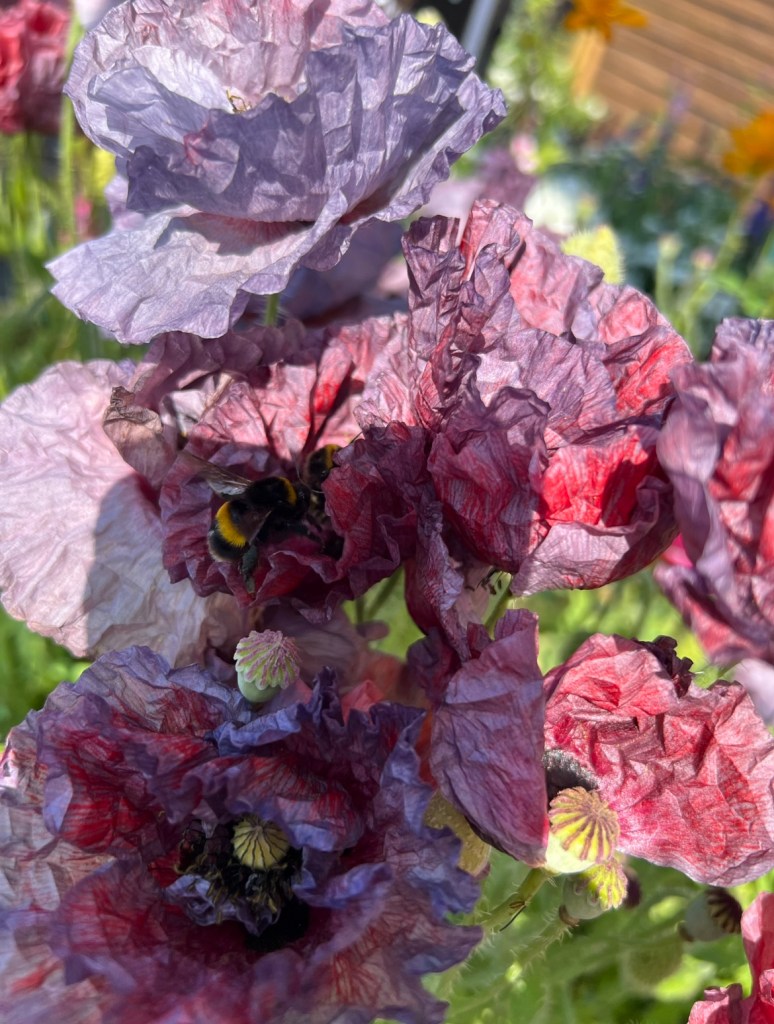
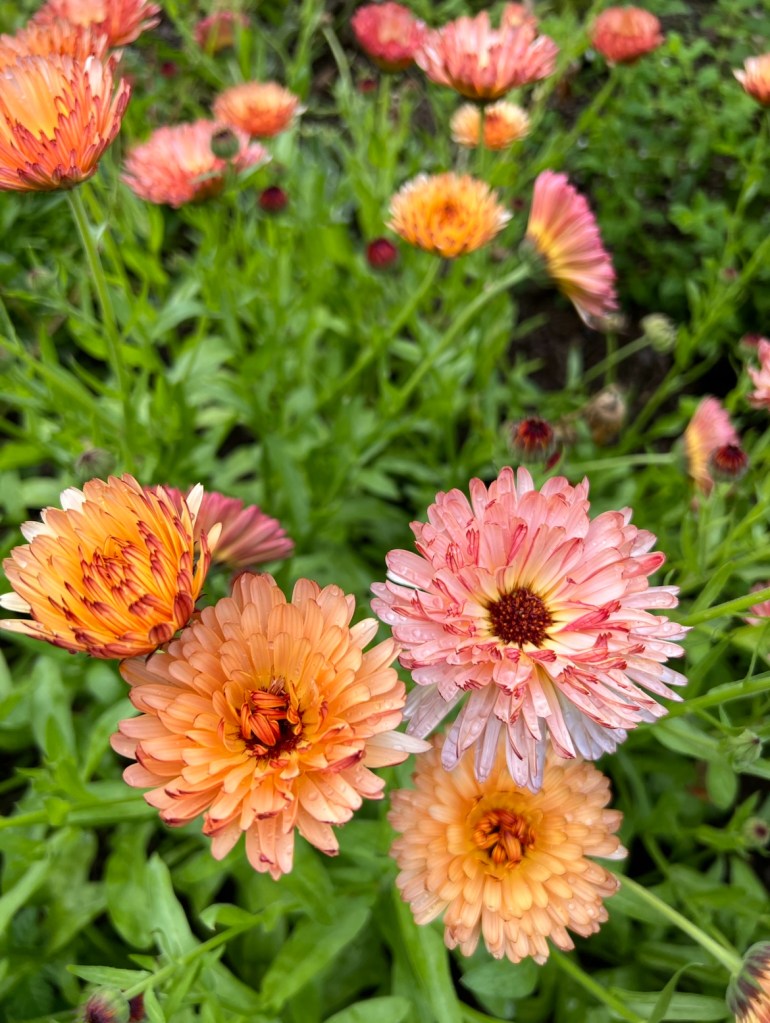
Other good stuff…
📖 I can’t wait to get started on Arthur Parkinson’s latest book The Flower Yard: Planting a Paradise. I want to do more container growing this year and Arthur has the best eye for combinations of plants which also benefit pollinators and wildlife – I’m certain I’ll be inspired.
🧤 More spring prep – I’m ordering more gloves from Niwaki. These are my favourite light gloves with a nice neat fit which makes it easier to weed or do more fiddly work with them on – I dislike bulky gloves. I’m ordering two pairs this time as I lost one of my existing pair and have been bereft ever since!
👩🏻🌾 I love the variety of international horticultural jobs in this list from Mr Plant Geek. It really shows the variety of roles and skills you can combine in the world of horticulture – so check it out if you are entering the industry or fancy a career change.
Finally… are you going to this? I’m tempted 🤔 The brand new RHS Urban Show seems like it will step away from the usual, more traditional ideas of gardening with its focus on urban and indoor growing and an emphasis on wellbeing. I’d be interested to see if the kind of gardens and exhibits they will have on show are realistic and achievable for all or simply a token nod to houseplants and balcony gardens… could be interesting!
